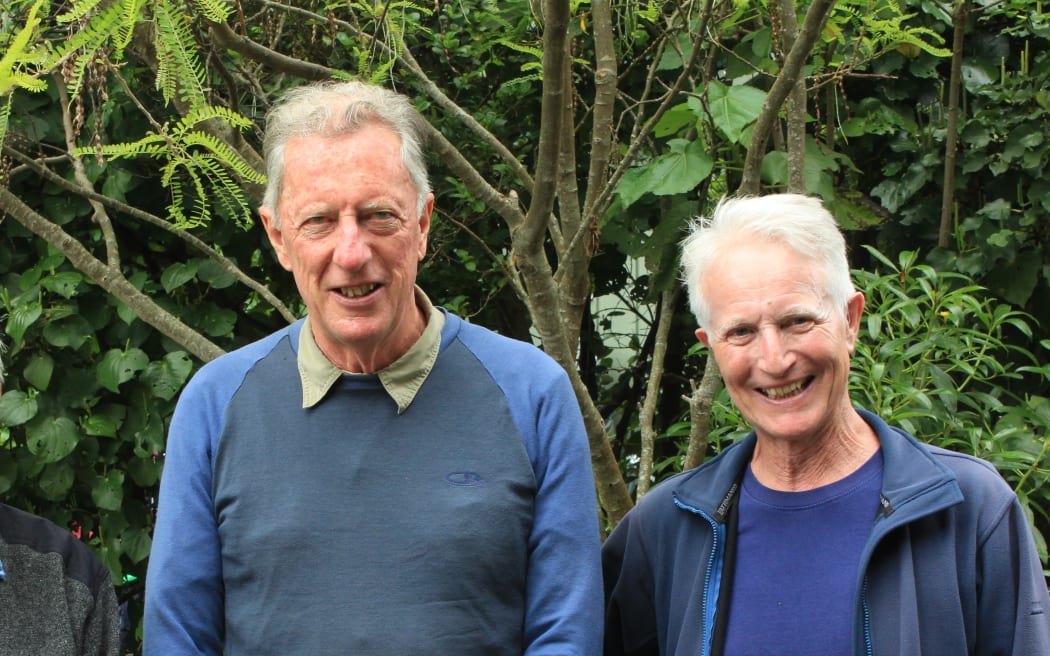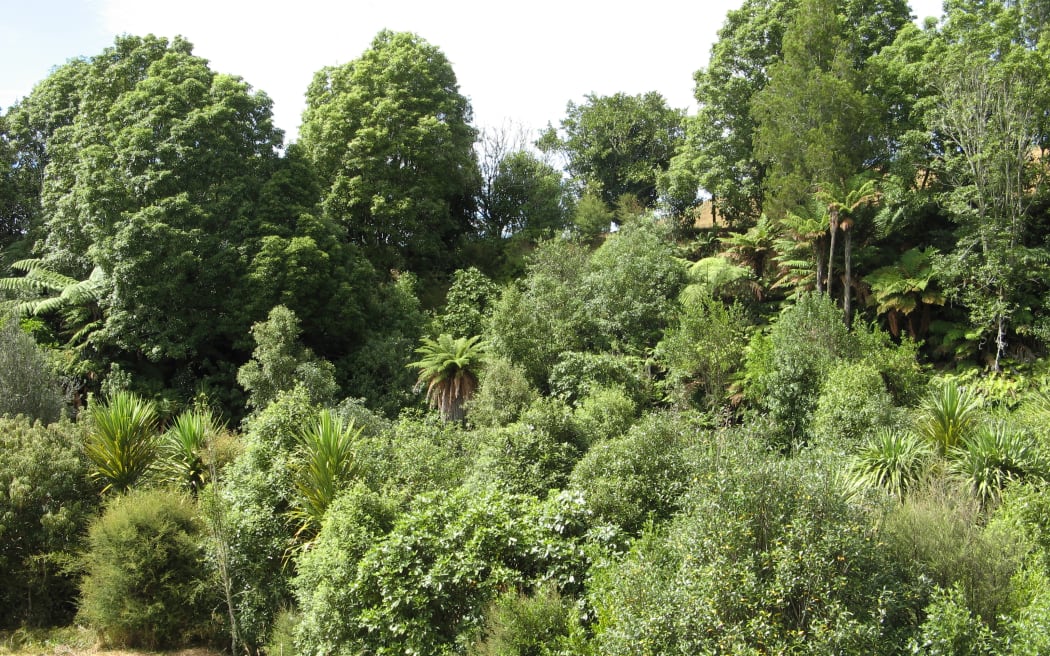Two retired Auckland University lecturers put the case for correctly acknowledging the role native trees can play in carbon sequestration.

John Craig and Neil Mitchell Photo: supplied
Three weeks ago we ran an item talking about the role pine forests can play in sequestering carbon in New Zealand to help us meet our emissions targets by 2035 and then 2050.
The communications manager for the Forest Owners Association Don Carson said he loved native trees for all sorts of reasons, but for locking up carbon in the necessary time frame, they don't compete. Take it forward a hundred years and they do, but we don't have that long.
The assertion that exotics outperform natives upset two retired Auckland University lecturers.
Dr Neil Mitchell taught ecology, conservation and environmental science for forty years and Dr John Craig was a Professor of Environmental Management for decades. He now runs a conservation estate called Tahi, on Northland's east coast near Whangarei.
Neil says pines may sequester carbon quickly for the first 20 years, but 10 years later they're cut down and most of the carbon is dispersed and lost.
Both men say give indigenous forests a chance.
The Professor of the School of Forestry at Canterbury University Euan Mason wrote to Country Life saying there are a great variety of views on exotics v natives, some well informed, some based on fairy tales, and the truth is reasonably complicated.
Neil Mitchell and John Craig have been working in Northland with planted native forests on retired pasture.
In Northland, planting the appropriate species, they say there are really good growth rates, and some are dense, locking up a lot of carbon.
What they've recorded in Northland they say could be done elsewhere in New Zealand, although Neil admits results are likely to be lower than the rockstar growth in Northland.

Photo: Susan Murray

